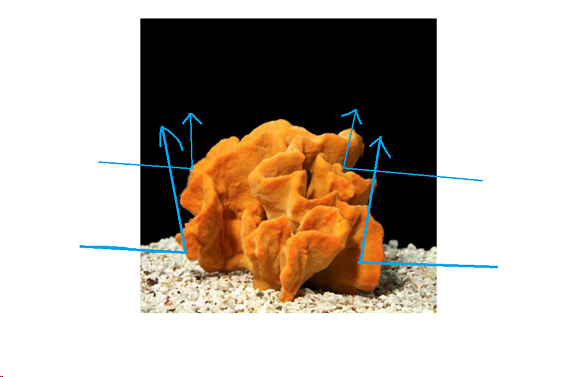I agree completely that we have no real idea what is in the magical blue bottles put out by KZ. I had honestly never questioned whether or not SpongePower had silica in it or not. I feel like it is probably more organic meant to stimulate certain bacteria growth for direct sponge consumption. I did try using the SpongeExcel once and I noticed no reasonable change in my sponges during that time so I stuck to the basics with semi-regular water changes and heavy fish feedings.
For certain, silicate is required for many processes in our marine eco systems as things grow and assimilate into biomass.
Who analyses fish food for silicate?
At times, I maintain 10K gallons of marine systems. Make up water comes directly from Trinity Aquifier at 1000 feet. At one time, the Edwards Plateau was the bottom of a shallow inland sea and it is loaded with silicates. With a TDS at 950 ppm it goes straight into my reef tanks. All of my systems are saturated with silica. The sponges seem to like it. Due to high nutrients, I brush off algae growth on sponges once a week, algae blennie does it all week.



















